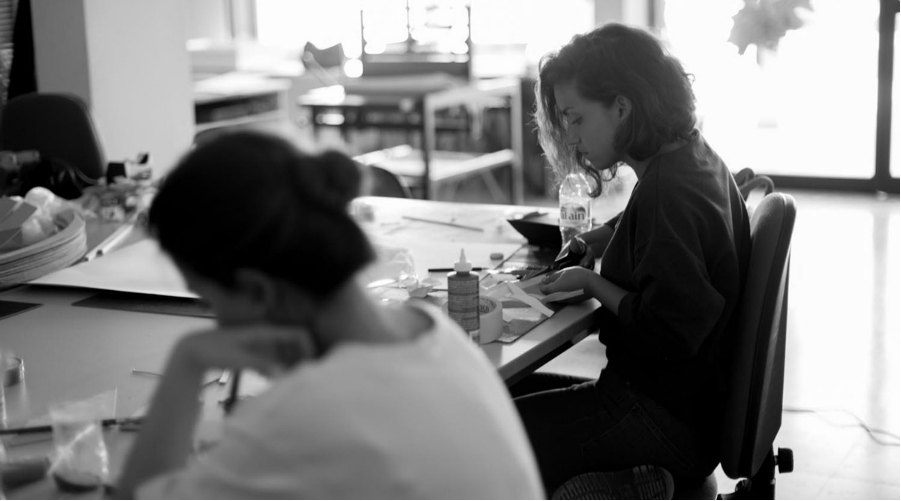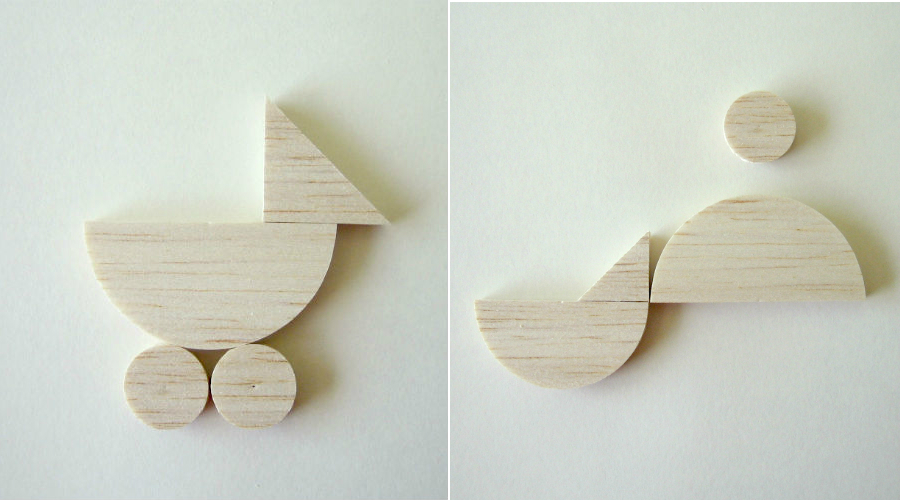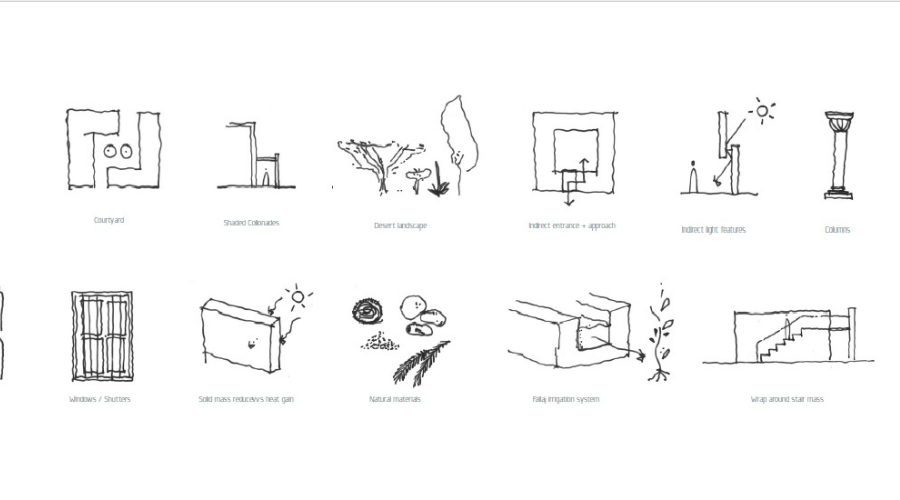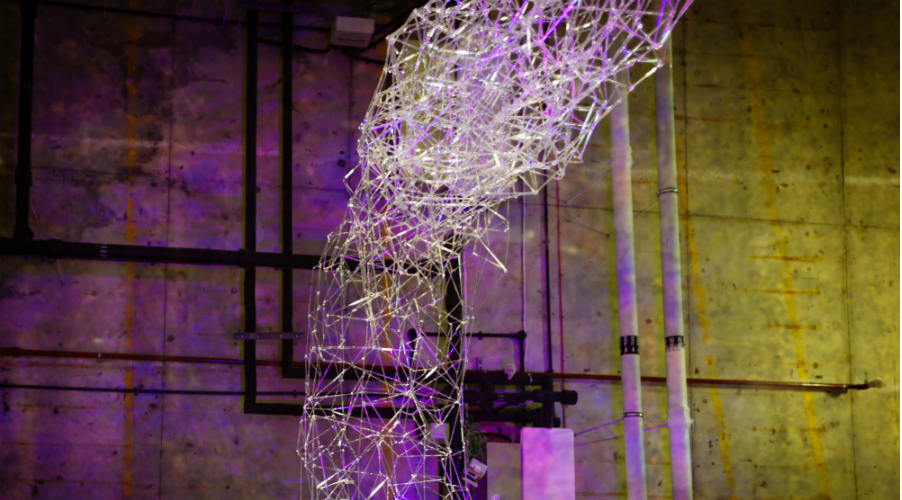



DUBAI DESIGN WEEK has been carefully curated to serve to act as a catalyst for the promotion of design and as an international platform for emerging, home-grown and regional talent. On the eve of its second edition, design week takes a look at the legacy of last year’s inaugural event, celebrating the milestones and successes of MENASA region designers.
Coalesce Design Studio from Karachi first produced their Daalaan installation at the Pakistan pavilion of Abwab in 2015. Designed as an abstract playground that invites interaction between strangers, it responded creatively to Abwab’s theme of Games: The Element of Play in Culture and is currently being exhibited at the London Design Biennale 2016. And that’s not all the wealth of talent from the region present in London for the biennale, Abwab 2015 Tunisia’s curator Chacha Atallah and Abwab 2015 Saudi Arabia’s curatorial duo Basma and Noura Bouzo are also there representing their respective countries.
Dubai-based designer Anjali Srinivasan directs the UAE’s only artist-run, handcrafted glass making enterpriseChoChoMa Studios. At last year’s Design Week she co-constructed ‘Untitled (Archway)’, an ephemeral, transparent arch built entirely from web-like glass filaments positioned within Dubai Design District (d3). Her installation caught the eye of Swarovski who named Srinivasan as one of their Designers of the Future for 2016.
For Dubai Design Week 2015, graphic and type designer Lara Assouad led a hands-on exploration of structure, proportion and repetition in Arabic letters through the creation of experimental modular letterforms using cut-outs, stamps, stencils and other manual methods. In June 2016, Assouad was shortlisted for the prestigiousJameel Prize awarded by the Victoria & Albert Museum in London and Art Jameel.
In November last year, LOCI Architecture+Design’s design of Dubai Design Week’s Abwab pavilions were shortlisted for the 2015 Middle East Architect Awards under the Community & Cultural Project of the Year category.
Local designers have received much acclaim in the international press, including Wallpaper* Magazine which featured three of Dubai’s female designers, Rand Abdul Jabbar, Talin Hazbar and Zeinab Al Hashemi: “making waves, not least for being young pioneers or women for that matter, nor for their fusion of tradition and modernity, but rather for their ability to wear many hats: as visual artists, designers and architects.”
As a catalyst for the promotion of design within local culture, Dubai Design Week status as an essential fixture in the calendar: this year designer Nadine Kanso celebrates a decade in the city, Ikea its 25th anniversary, and curator Yasser Elsheshtawy will present a talk for the public programme on the UAE National Pavilion at this year’s Venice Biennale. Fikra Design Studio has been contributing to the visual culture of the UAE for 10 years now, and consequently founder Salem Al Qassemi has been invited to curate the country’s own pavilion at Abwab this year.
making waves, not least for being young pioneers or women for that matter, nor for their fusion of tradition and modernity, but rather for their ability to wear many hats: as visual artists, designers and architects.
Rana Abdul Jabbar, Talin Hazbar and Zeinab Al Hashem



